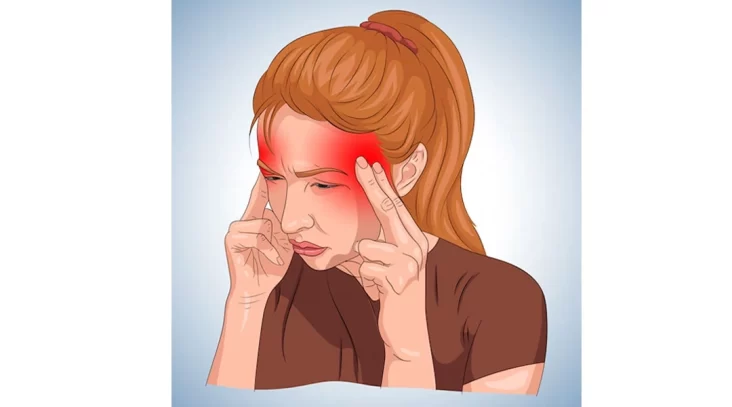A “contact point headache” typically refers to a type of headache that occurs due to irritation or compression of certain nerves or structures in the head or neck when they come into contact with each other or surrounding tissues. It’s important to note that this term is not a widely recognized medical diagnosis on its own but rather a descriptive term used to explain a specific type of headache.
Here are some possible causes and conditions associated with contact point headaches
Occipital Neuralgia: This condition involves irritation or inflammation of the occipital nerves, which run from the base of the skull up to the scalp. Compression or irritation of these nerves can lead to sharp, shooting pains in the back of the head, which may be described as contact point headaches.
Trigeminal Neuralgia: Trigeminal neuralgia is a disorder characterized by severe facial pain that can feel like electric shocks. It can occur when the trigeminal nerve, which controls facial sensation, is compressed or irritated.
Cervicogenic Headache: This type of headache originates in the neck but is often felt in the head. It can be triggered by issues in the cervical spine, such as arthritis or herniated discs, which can compress nerves and cause pain.
Temporomandibular Joint (TMJ) Disorders: Problems with the TMJ, which connects the jaw to the skull, can lead to headaches, especially if there is grinding or clenching of the teeth, muscle tension, or joint misalignment.
Sinusitis: Inflammation or infection of the sinuses can cause headaches, which may be described as “sinus headaches.” While not directly related to nerve compression, sinus issues can create discomfort in the head.
Compression from Surrounding Structures: In some cases, structures like blood vessels or tumours can exert pressure on nerves or other tissues in the head or neck, leading to contact point headaches.
Treatment for contact point headaches will depend on the underlying cause. It’s important to consult with a healthcare professional, such as a neurologist or headache specialist, to accurately diagnose the condition and determine the most appropriate treatment plan. Treatment options may include medications to manage pain and inflammation, physical therapy, nerve blocks, or, in severe cases, surgical interventions to relieve nerve compression. A thorough evaluation by a healthcare provider is essential to address the specific cause of the headache and develop an effective management strategy.


2 Comments
Pingback: Contact Point Headache – Sujata Birla Hospital
Pingback: Impact Of Everyday Screen Time On Eye Health | Sujata Birla Hospital